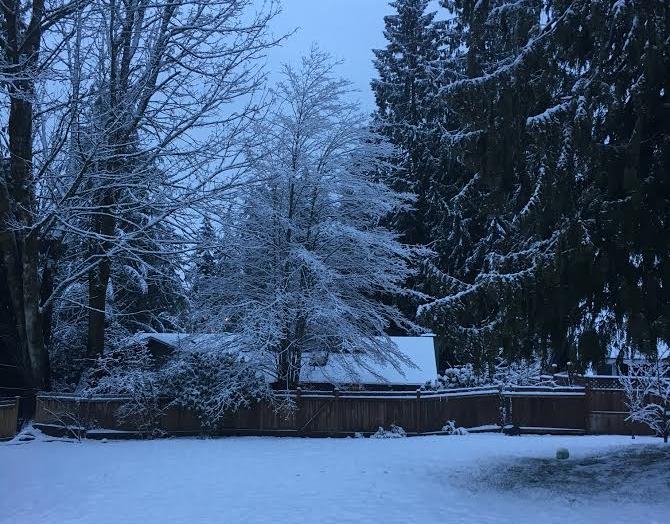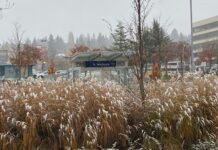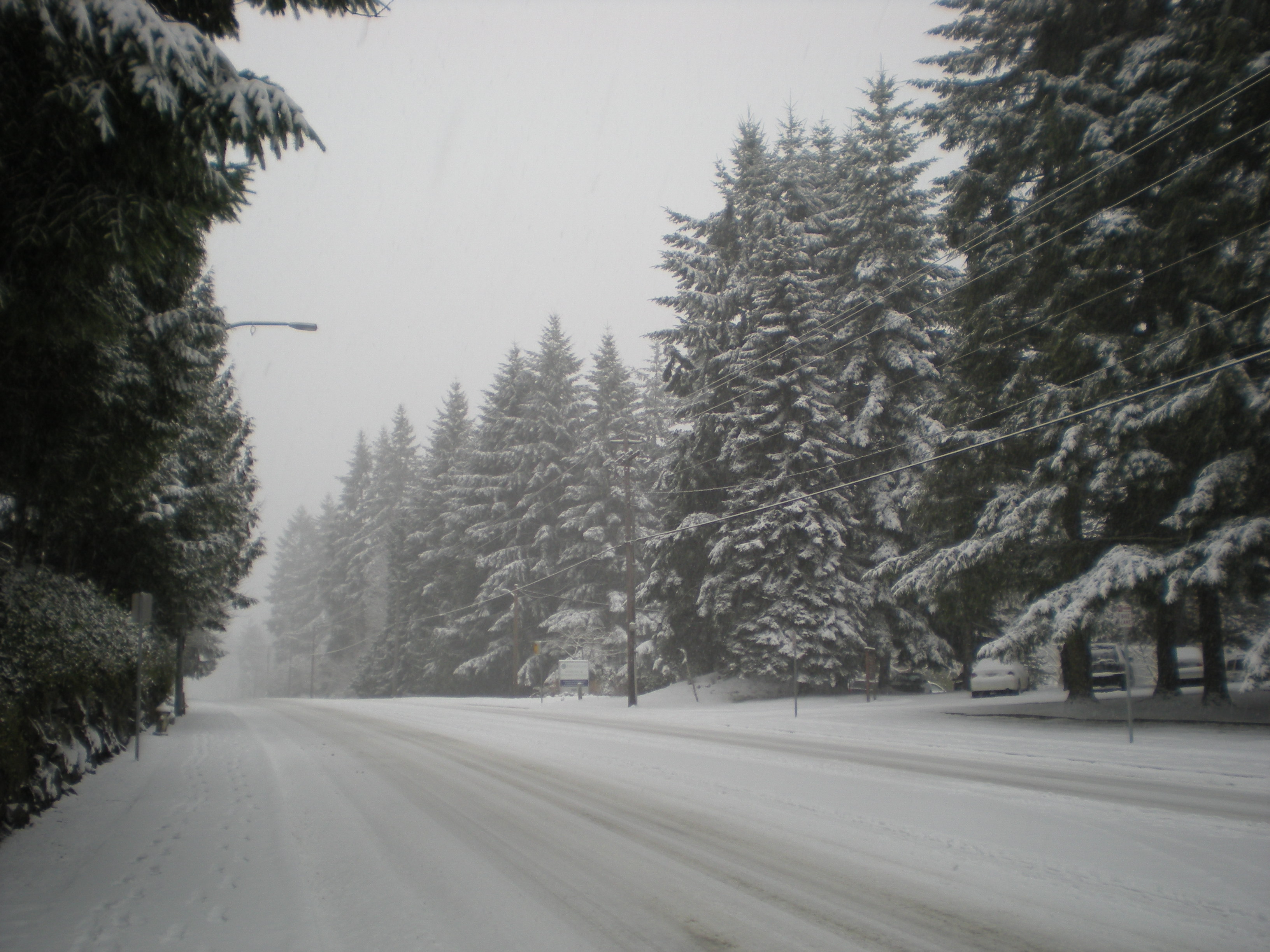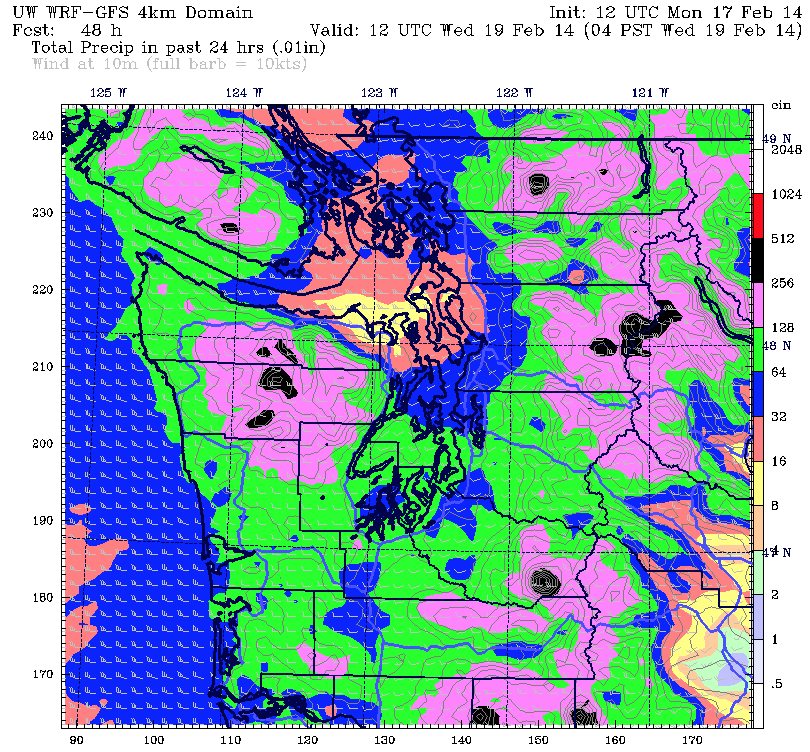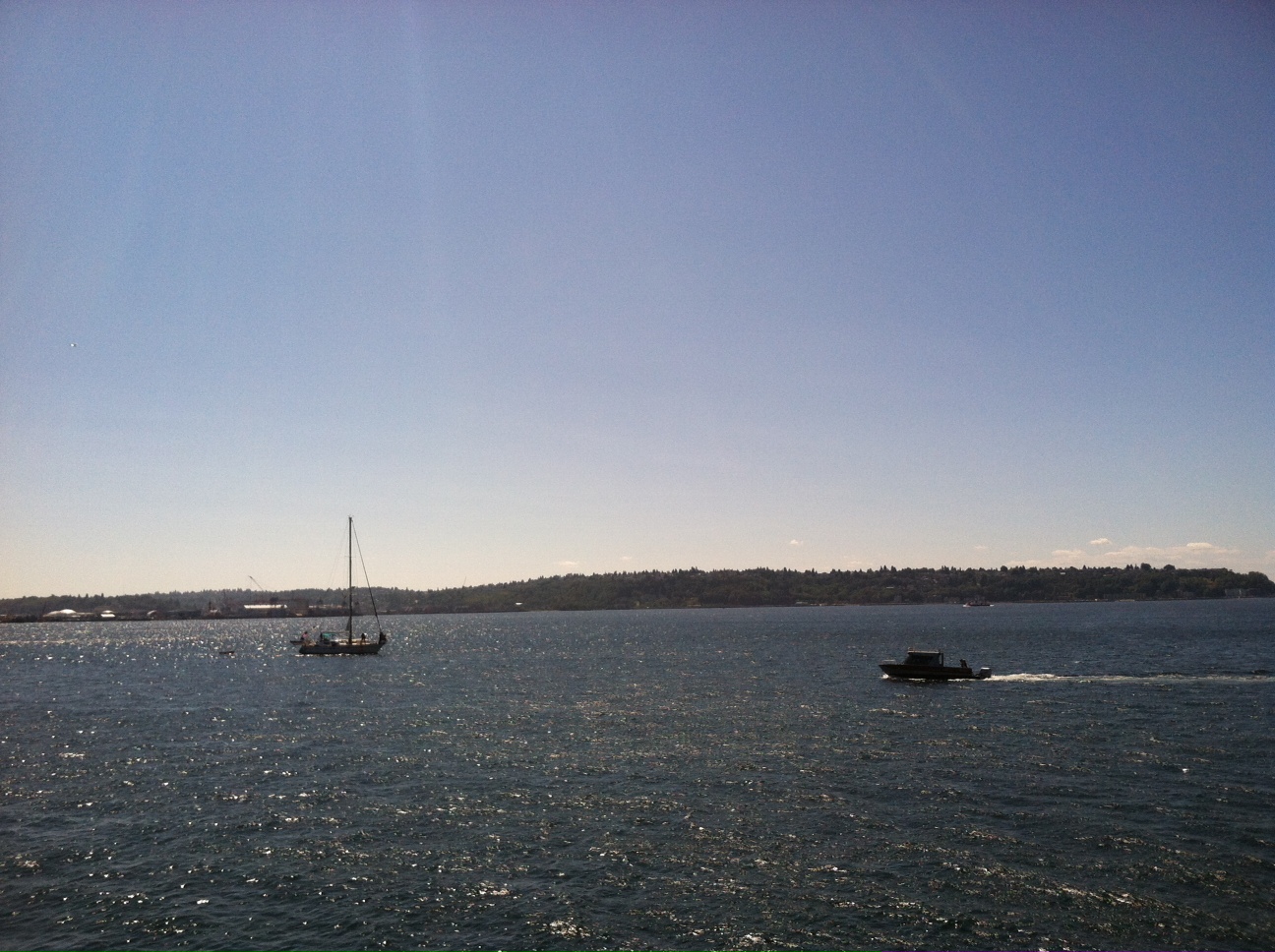I guess we were just a last-minute addition?
After months of sitting on the sidelines, Mother Nature finally invited Seattle to the long-running snow party that’s taken over the Pacific Northwest this winter. And boy, what a bash it was.
Gobs of snow twirled down from the sky over Seattle Sunday night into Monday afternoon, unloading a whopping 7.1 inches of the white stuff at Sea-Tac Airport, where the city’s official climate records are kept. This made the snowstorm Seattle’s biggest in five years—equaling what fell from Jan. 18-19, 2012.
More importantly, the storm was enough to finally halt a dismal streak for Seattle school kids. Seattle Public Schools had not closed for an entire day due to snow since Jan. 20, 2012—the longest such stretch for the district in recent memory. Monday’s snowstorm took care of that, blanketing all areas of the city in white—even downtown Seattle!
Other interesting facts:
- 2.0″ fell on Feb. 5, and 5.1″ fell on Feb. 6. Both set new daily snowfall records.
- It was Seattle’s biggest February snowfall since 1990, when 9.8″ blanketed the airport. February 15-16, 2001, likely came close to rivaling this week’s storm, with a snow depth of 5″ reported at Sea-Tac. Unfortunately, snowfall records weren’t kept from 1996-2004, so the ’01 storm is lost to history.
- Seattle has now received 11.1″ of snow this winter—the most since 2008-09. Average snowfall at the airport is 5.9″.
- Areas from downtown Seattle northward have seen considerably less snow this winter. The National Weather Service office in North Seattle, along the shores of Lake Washington, has picked up just 2.4″ total—with only an inch from the Sunday-Monday storm.
- Seattle has measured snow in December, January and February—the first time that’s happened here since the winter of 2010-11.
- The biggest snowstorm in Seattle history occurred in February, when 21.5″ fell from Feb. 1-2, 1916 at the Federal Building in downtown Seattle.
- Dating back to John F. Kennedy in 1961, every time a new U.S. president has taken office, it’s snowed in Seattle at least once the rest of the winter (Jan. 21-March 21)—or, in the case of Lyndon Johnson and Gerald Ford, in the winter months immediately following their inauguration.

